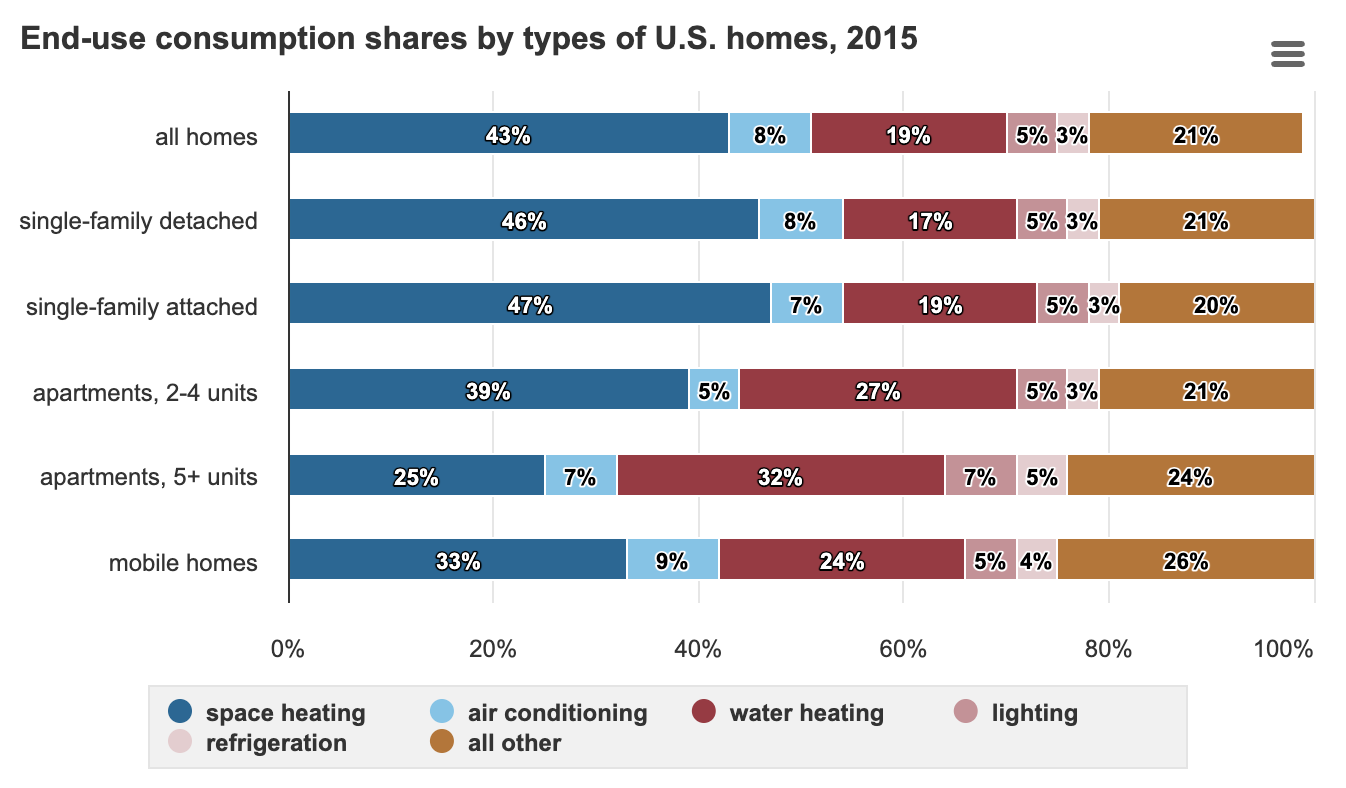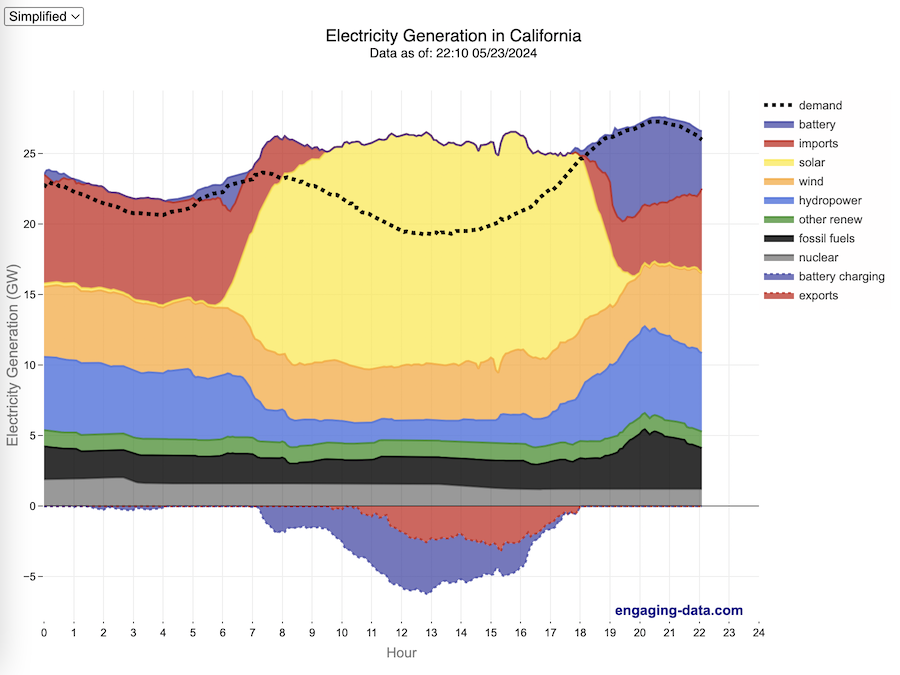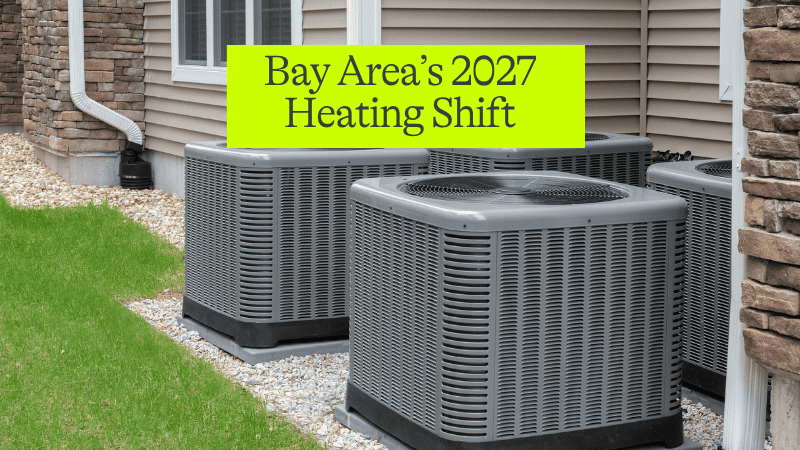California’s Cleanest Energy Comes at Noon. Here’s How to Use It at Night.
By
Felix Remennik
.png)
For years, we were told to use electricity at night, when demand was low and power was cheap. That may have made sense at the time. But now, in solar-powered California, it’s no longer the cleanest choice. Charging your EV at night might be convenient, but it’s often more expensive, and powered by the dirtiest electricity of the day.
California’s grid is overflowing with clean solar power in the middle of the day. That’s when electricity is cheapest, cleanest, and most abundant. But when the sun sets, demand spikes—people get home, turn on lights, cook, shower—and fossil fuels kick in to pick up the slack. That means the majority of EVs are charging just when electricity is most carbon-intensive - but also more expensive to generate than middle-of-the-day solar..
That’s why energy experts are starting to push a smarter strategy: charge your EV during the day when solar is plentiful, it will then be running off mostly clean solar power.
At Harvest, we’re bringing that same logic to heating and hot water.
While EVs get all the attention (and we agree that they’re super cool), home energy has a huge impact on global energy loads. 62% of a household’s annual energy consumption is for space and water heating. That’s a massive opportunity for smarter, cleaner timing.

That’s exactly what Harvest does. Our thermal storage system lets homes and multi-family buildings charge up thermal batteries with clean, low-cost renewable power from the grid during the day—and use that stored energy to deliver hot water and heating in the evening, when it’s actually needed. Even integration is simple - just use your home’s existing ducts, and the complete install will be done in just a couple of days.
Why grid flexibility matters now
Right now, California’s electricity is cleaner than ever. Solar alone often supplies more than half of the state’s power in the middle of the day, and thanks to ambitious clean energy targets, that number is only going up. The state is aiming for 60% renewable electricity by 2030, and 100% clean electricity by 2045. Now the opportunity is clear: how do we make the most of all that clean solar energy, right when it’s available in abundance?
In the middle of the day, California has so much solar that it sometimes has to curtail—or waste—perfectly good clean electricity. Meanwhile, emissions spike in the evening when people get home from work. That gap is currently filled by gas plants and imports from out of state.

Why residential thermal storage?
Storage should close the gap. Electrochemical batteries can help, but they’re expensive and resource-intensive. Thermal storage offers a more elegant path for heating and hot water: no rare minerals, no lithium, just heat delivered when you actually need it.
That’s what Harvest uses. Our system stores clean energy when it’s plentiful and cheap—typically midday—and releases it later as hot water and heat. All of this happens automatically with the help of the smart Harvest Pod—our system knows when electricity is cleanest and cheapest, and charges itself without you lifting a finger.
That means:
- Lower energy bills for residents (usually reduced by about 30%)
- Lower emissions at peak hours
- Less grid stress when it matters most
- And a way to maximize your use of solar without needing lithium batteries or complicated retrofits, whether or not you currently own your panels
With Harvest, you don’t have to wait for a smarter grid. You help build one.
California’s energy future isn’t just about generating more solar—it’s about using it wisely. We already know that charging electric vehicles in the middle of the day makes the most of that clean power. With Harvest, your home can do the same.
Let’s rethink not just how we drive, but how we heat, shower, and live. Because clean energy is already here. We just need to use it at the right time.

.png)
.png)
.png)
.png)
.png)
.png)


.png)
.png)
.png)
.png)
.png)

.png)
.jpg)
%20(2).png)

%20(1).png)

%20(3).png)

%20(1).png)
%20(5).png)
%20(3).png)
%20(1).png)
.png)
.png)
.png)
%20(4)%20(1).png)
.png)

%20(11).png)
%20(10).png)
%20(6).png)
%20(4).png)
%20(3).png)
%20(10).png)
%20(6).png)
%20(1).webp)
.jpg)
%20(4).png)
%20(2).png)
.png)
%20(2).png)
.png)













.jpg)



%20copyminimal%20_0.1.jpg)




















